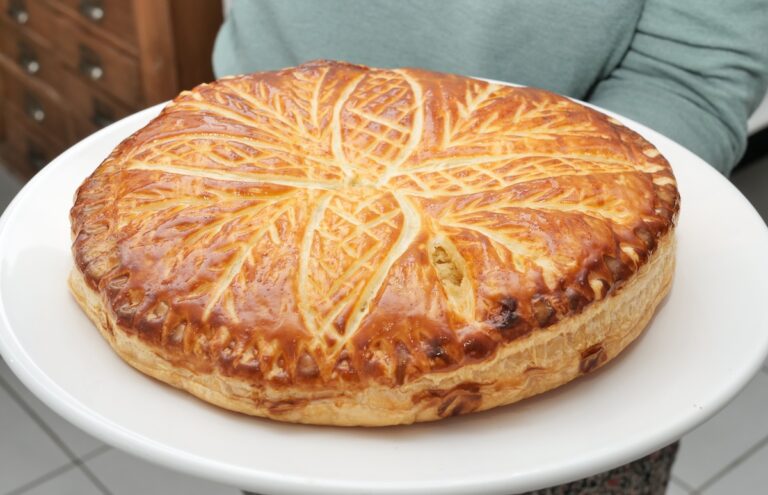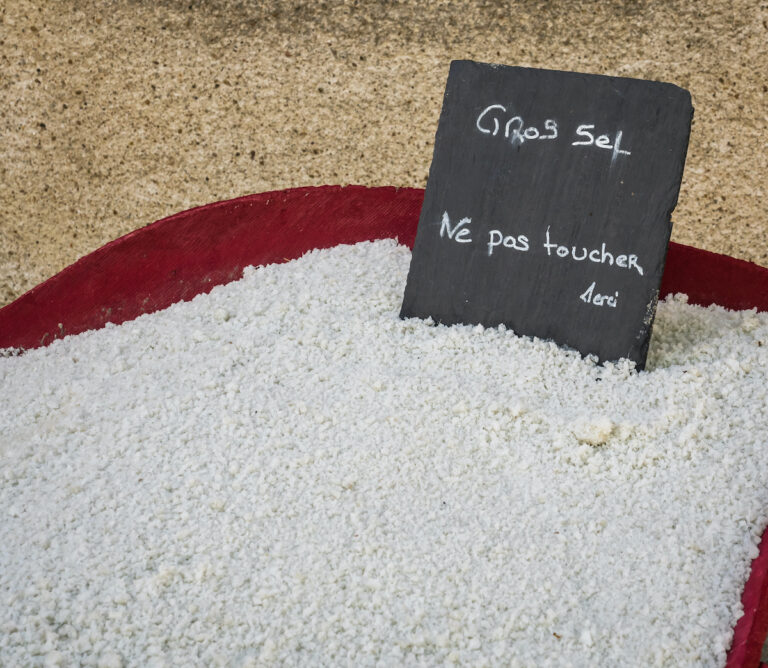February 18, 2022
Dear Frenchly Readers,
Anyone who knows me well can tell you how crazy I am about coffee. I love the gritty, mud-like taste of it. I like the bitter jolt. I like it very very hot—and, usually, black, and unadulterated, though very hot coffee with a small pour of lightly warmed (never scalded) milk in the right cup—about 6 to 8 oz size–is pure perfection if I am allowed to stay in bed. Which I often am.
My husband, Dan, is well aware of my coffee needs and often gets out of bed before me to get the coffee started before he even tries to rouse me. On weekends, like (well, not exactly) a prince (we have been married a while), but some sort of silly knight-like character, with a few John Cleese type tendencies, he arrives at my bedside with the hottest coffee in his hand, carried expertly up the stairs with a dish towel under it (as he knows it has to be as full as the cup will take, almost runneth over) to catch any drops. Many years from now, my guess is, even if I’m senile, if you ask me for a memory of my husband, I will still be able to describe for you his large, rough, working-person hands, holding an old chipped coffee cup (my favorites are all the rickety, chipped beauties) just at my eye level as he wakes me up, the aroma hitting my nose as my eyes flutter open. A man who will arrive at your bedside in the morning with coffee is worth keeping, I’ve always figured.
Once, when I was studying at the Sorbonne, many years ago, I stood, brushing shoulders, with Daniel Auteuil, the French actor who is one of my absolute favorites (he played Ugolin in both Jean de Floretteand Manon des Sources) at a bar tabac, steps from the Seine. I remember my shock, when mid-sip, I looked over my little cup and realized that my shoulder was grazing none other, and he, also mid-sip, locked eyes with me for a split second and I noticed the beautiful dark blue wool coat he was wearing and brown pants and how darn fast he drank that coffee—all business!
We have a funny story about me and coffee from a camping trip we took last summer, when, after sleeping on what ended up being very very hard beach sand, which rendered me 150 years old and like some hag-like-ogre-character out of a Goya painting, I crawled to the zippered door of the tent and poked my head out to see my then- twelve-year-old son sitting on a rock in the middle of the water. He tells the story like this: That barely able to form words, his mother, the Harpie, screech/whispered (our other son was still sleeping), with a kind of dying-person-in-a-desert quality, “Find Daddy. Now. Coffee. Coffee. Coffee.” He thought I’d truly gone around the bend.
Our cat, Hemingway, is also crazy about coffee, having spent a decent amount of his time at Les Deux Magots, obviously. If you leave a cup with coffee still in it anywhere (he prefers the caffeinated kind; turns his nose up at decaf), he will shove his face inside it and push it around whatever counter or table he found it on and then look surprised when he knocks the whole cup off and shatters it.
Now France and coffee have an interesting relationship, one I hope to explore more on Frenchly’s pages in the coming months. But here are some factoids you might (or might not) know:
Coffee, I learned this morning, was first discovered centuries ago by an Ethiopian goat herder named Kaldi who noticed that his goats, after munching some wild coffee plants, became so energetic that they didn’t want to sleep at night (they don’t call baby goats kids for no reason, évidement.) Kaldi rushed back to his village and shared his insights with a local abbot who then crushed up some berries, made a hot drink and found that he could handle the long hours of evening prayer better than ever before. From there, coffee traveled to the Arabian peninsula and then to Venice and…. this will not surprise you where I am going with this story, bien sûr, it was a French traveler by the name of Pierre de La Roque who, in 1644, brought a few coffee beans back to Marseille and some French people realized, that, like me, they were just a little bit, but perceptibly, smarter in the morning after having drunk some of the hot brew. By 1670, Parisians were imbibing.
As the century turned, ship owners and traders in Saint-Malo bought a coffee treaty with Arabia, and in 1715 the Sultan of Yemen gave 60 plants to Louis the XIV and export began in earnest. Then some coffee was introduced by the French in the colony of Guiana (we need to acknowledge the sad and disappointing history of the French colonizing what was then a Native American territory which then was turned into a slave society, only to become, later, a French penal colony) and harvesting began in 1722. Soon after, a Brazilian general visited Guiana and took some beans back to his home country and coffee flourished there. Coffee was soon also doing beautifully on the isle of Martinique, with the help of African slaves (similar ugly history as above, there, too).
With all these coffee beans and addicts sprouting up everywhere, it was none other than the French, who have a knack for technology and making things the world can’t do without (hello, cinema), that invented the first percolation system in 1800, then the very first espresso machine in 1820, and, eventually, after tinkering around with pressure and steam and siphons, in 1855, at the World’s Fair in Paris, a Frenchman named Edouard Loysel de Santais, showcased his invention for the first hydrostatic percolator that inspired the Italians to take the idea and run with it to create what we know of as espresso today.
There are some depressing issues with coffee and climate change and the incredible worldwide appetite for the stuff because coffee needs lots and lots of water– indeed, it’s a water hog. And, if it’s being grown in full-sun, then lots of jungle was cut down to grow it (though shade grown is best), and if it isn’t organic it’s been sprayed with carcinogenic pesticides that have disrupted the ecosystem by killing endemic bugs and beetles and it’s likely been supported by chemical fertilizers, all of which create run-off that goes into soil, streams, lakes, air, oceans. Any pesticides and chemical fertilizers will harm its drinkers as pesticides get lodged in soft, fatty, tissue like breasts and buttocks. But, also, the run-off is killing wildlife (this story just gets cheerier.)
HOWEVER, the good news is that there are some really smart people who are supporting fair trade organic and shade grown coffees and trying to find ways to use coffee to help replant jungles with wild coffee plants and some even more interesting forays into creating some sort of beanless coffee in a lab. You can read all about that here in the New York Times.
Here are some pieces on Frenchly about coffee I found this morning–everything from a French Coffee 101,to David Lebovitz’s take on how to drink it like a French person.
Cook, watch & read ce weekend (Cuisinier, Regarder et Lire):
Ok, if you read only one thing this weekend, go to our website to read this charming piece by Philip Ruskin we’ve published about the celebration of Yves Saint-Laurent’s haute couture in six museums across Paris (his is the photo above). In it, you will not only see Philip’s great pictures but you will also learn about how the art in those same museums influenced the designer. You will never think about fashion the same way again. This was such a pleasure to work on with Philip!
Also, this week, we’ve got this wonderful piece by Kacie Devaney (who is out in LA writing a TV pilot about nurses in WW1) about going to the Immersive Van Gogh exhibit in Los Angeles, and she alternates between her experience and some of Van Gogh’s story. Her piece poses an interesting question: What if Van Gogh never went to France? We’ve also got Andrea Meyer’s terrific story about the new film, Happening, which is about a woman dealing with an unwanted pregnancy in 1963 France. The movie is loosely based on a French memoir by the same name. We’ve also got a “how to” shopping and applying guide for red lipstick—I don’t know about you, but my face needs some help these days as mid-winter -pasty doesn’t begin to describe the situation; and some sugar-free French jams (confiture) to indulge in here. If you’re feeling like you need something stronger than coffee this weekend, then why not absinthe—you can pour a glass, pull out a quill and pretend you’re Rimbaud. Check out this piece here all about absinthes to buy in the US and this one about absinthe bars in Paris.
My kids are on break next week, so I’m looking forward to a tiny bit of a lie in, maybe a coffee in bed or two, some time to keep reading our book club pick, The Art of Losing. In our house, we’ve already decided we’re going to make some homemade croissants to go with said coffee for the grown-ups, and there’s a general consensus that a Pissaladière might be in order next week, eaten by candlelight after nighttime ice skating.
I really want to watch this new movie on Netflix, Perfect Strangers, with Dan this weekend, which is about a group of Lebanese and Egyptian friends who go out for an evening in a restaurant and agree, for the evening, to show each other their texts and calls as they come in, which ends up revealing …quite a bit. It’s based on an Italian movie of the same name– however this one is causing quite a stir in the Middle East. And I think we’re going to all sit down to watch My Fair Lady, the one with Jeremy Brett (Holmes) whom we all just adore. (There’s a sweet comment here under that video that says it’s a shame Brett was dubbed, he had a wonderful singing voice.)
Ok, that’s it! Have a great weekend, wherever you are—I hope you get a few rays of sunshine. Tell me if you end up making a Pissaladière or come show us on Instagram!
Take care, stay in touch.
À bientôt,






